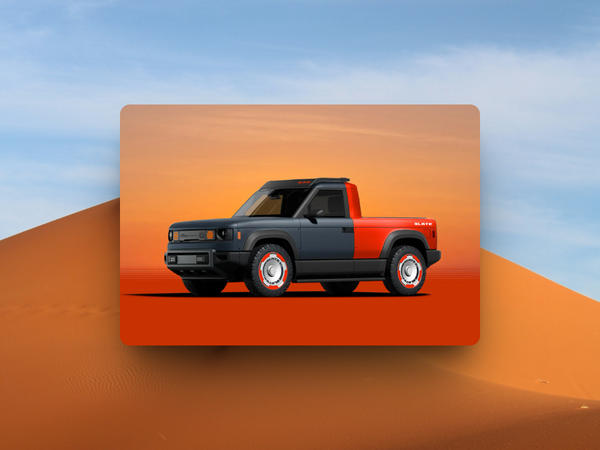So, you know how a portfolio is pretty much your design diary?
It’s where you show off all the cool stuff you’ve designed and the internal battles you’ve won. It’s your highlight reel for trying to impress someone who might hire you or give you freelance gigs.
But there's a dark side to the design portfolio. Designers, especially junior designers, are obsessed with them. They seek perfection, often blaming their portfolio for not getting a callback.
Of course, there's much more to it than that. But this obsession with putting so much emphasis into design portfolios persists.
It reminds me of a painter tirelessly refining tiny brush strokes on a mural that's finished; while the dedication is admirable, the impact on the overall piece is minimal.
A good portfolio is a starting point, and nothing else.
Employers want candidates who check off as many requirements as they can, and a lot of those requirements go beyond what's in a portfolio. Like who you know, what you’ve done before, how well you can chat about your ideas, and whether you vibe with the team.
By all means, spend some time making your portfolio pop, but also get out there and network, rack up some real-world experience, and work on being a great communicator.
When it comes to your portfolio, simplicity is key. Some of the best portfolios use these six steps, and you can too.
Start with Your Story
Think of your portfolio as a personal museum. It’s a curated exhibit of your work, but also of your growth and influences.
Share the projects that have shaped you, the design challenges that have excited you, and the solutions that have defined your approach.
This isn’t just about displaying final products; it’s about telling the story of your creative identity.

Quality Over Quantity
A common misconception is that a hefty portfolio is a better portfolio. Instead, prioritise showcasing work that demonstrates a range of skills and problem-solving abilities.
Each piece should be selected not just for its aesthetic appeal but for the story it tells about your design process and decision-making.

Document Your Process
Your design process is your signature. It’s what sets you apart. By including early sketches, user flow diagrams, or even mood boards, you give viewers insight into how you work.
This level of detail can demonstrate your thoughtfulness and dedication to crafting user-centered design solutions.

Embrace Side Projects
Side projects are your secret weapon. They allow you to explore new ideas without constraints, which can lead to innovative designs.
These projects can also reflect your interests and passions, adding another layer of depth to your professional persona.

Seek Feedback Early
Feedback is the compass that guides your design improvements. Engage with the design community, participate in forums, and attend workshops.
The feedback you receive can help refine your ideas and avoid common pitfalls. Plus, it’s a great way to network and learn from others.

Keep Learning and Updating
The design landscape is constantly shifting, with new trends and tools emerging all the time. Commit to lifelong learning to keep your skills sharp and your portfolio fresh.
Regular updates show that you’re engaged with the industry and committed to your craft.
Never. Stop. Learning.
Building a portfolio is a journey of self-discovery and skill development.
It’s your chance to shine and show the world what you’re capable of. So take your time, be thoughtful, and most importantly, enjoy the process of becoming a designer.
And while your portfolio is super important, it’s not the be-all and end-all. "Don’t put all your eggs in one basket," my granny would say. Employers are looking for well-rounded individuals who fit the bill as much as possible.
That goes beyond just your portfolio, but your portfolio is certainly the start of that journey.
Good luck!











